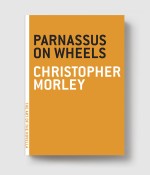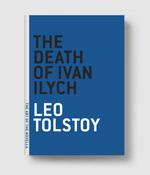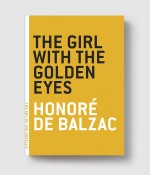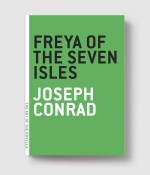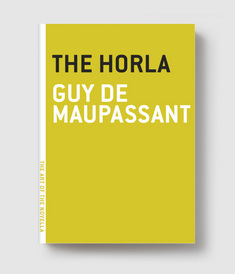
List price: $10.00
- Pages96
- ISBN9780976140740
- Publication dateApril, 2005
- Categories
- Booksellers
- Media
- Academics & Librarians
The Horla
Guy de Maupassant
Translated by CHARLOTTE MANDELL
Part of The Art of the Novella
Our woe is upon us.
This chilling tale of one man’s descent into madness was published shortly before the author was institutionalized for insanity, and so, The Horla has inevitably been seen as informed by Guy de Maupassant’s mental illness. While such speculation is murky, it is clear that de Maupassant—hailed alongside Chekhov as father of the short story—was at the peak of his powers in this innovative precursor of first-person psychological fiction. Indeed, he worked for years on The Horla’s themes and form, first drafting it as “Letter from a Madman,” then telling it from a doctor’s point of view, before finally releasing the terrified protagonist to speak for himself in its devastating final version. In a brilliant new translation, all three versions appear here as a single volume for the first time.


